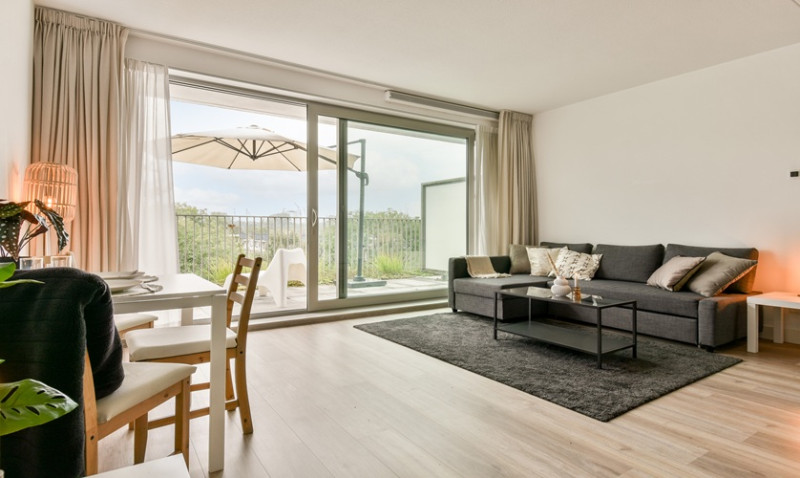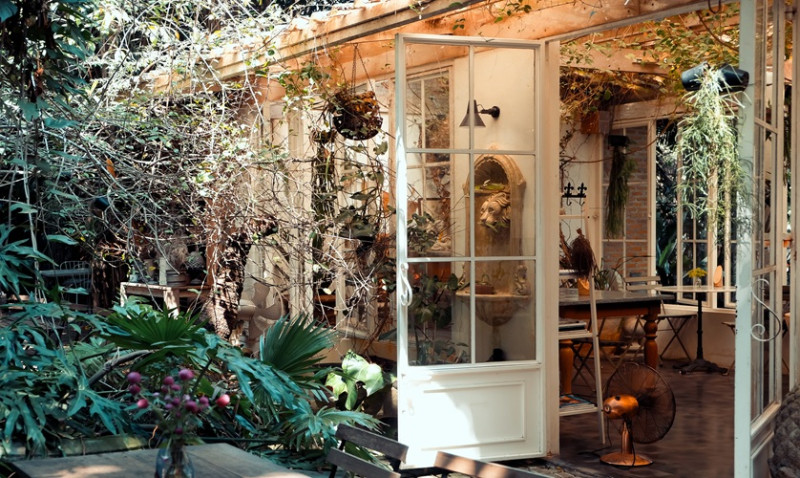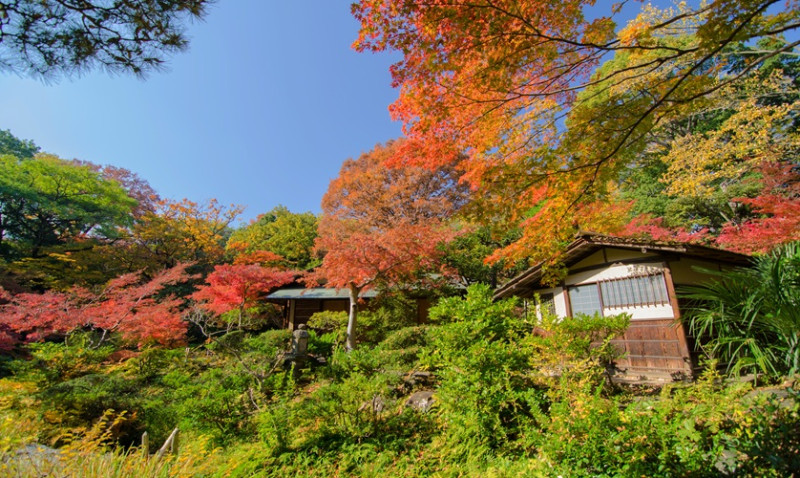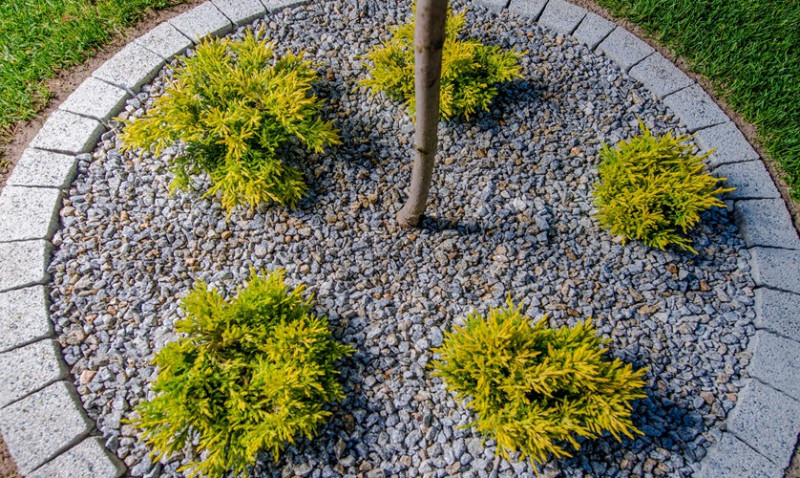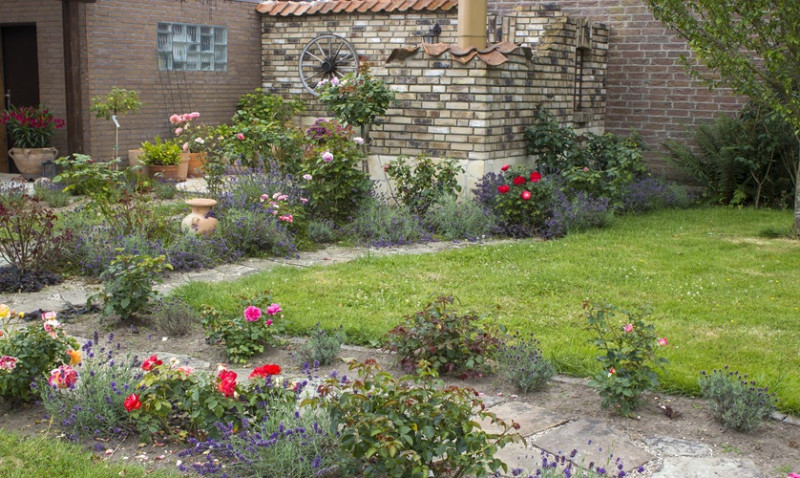
In recent years, there has been a renaissance of an age-old gardening trend that blends both functionality and beauty—the cottage garden. This nostalgic yet practical design is making its way into urban courtyards, suburban plots, and country homes across the UK. The cottage garden style, known for its informal layout and charming mishmash of colourful perennials, is now being adapted to include edible plants alongside decorative flowers. Whether you're a DIY garden enthusiast, an interior designer seeking seamless indoor-outdoor aesthetics, or a professional tradesperson helping clients redesign their outdoor spaces, this new twist on a classic style is creating exciting possibilities.
Forget manicured lawns and rigid raised beds; the new look is delightfully unstructured and full of life. Flowers and food crops spill into each other, creating a relaxed, romantic feel that appeals to people seeking both sustenance and soul from their garden. Uniting form and function allows you to make the most of your space—an important consideration for UK homeowners with compact gardens or even balconies and terraces.
From architectural professionals wanting to soften hardscapes to first-time homeowners craving an achievable garden aesthetic, this style answers the call for sustainability and beauty. Keep reading to discover how to embrace this growing trend and create your own modern cottage garden – one that feeds the eye and the family.
The Roots of the Cottage Garden
The traditional English cottage garden dates back hundreds of years and was more than an aesthetic choice—it was a necessity. Originally, it served as a practical solution for rural families to produce both food and herbal remedies, interwoven with decorative plants to please the eye. Think edible herbs mingling with sweet peas, and cabbage tucked beside roses. The result was not only practical but unexpectedly picturesque.
Over time, this approach evolved into a beloved garden style known for its dense plantings and charming disarray. Today, we’re seeing a resurgence of this blend—often called "edimental" planting, where edible and ornamental plants grow side by side. Modern cottage gardens are less about strict planting zones and more about creating a thriving, biodiverse ecosystem within your own backyard.
This return to tradition suits modern values as well—sustainability, biodiversity, and wellness. A cottage garden doesn’t require the chemical inputs or constant upkeep of more rigid garden designs, making it ideal for time-strapped young professionals and urban families.
Combining Edible and Ornamental Plants
Successfully mixing edible and ornamental plants comes down to smart selection and complementary pairings. The key is to choose plants that not only look good together but also thrive in similar soil and light conditions. For example, bright orange nasturtiums look beautiful cascading through potato plants while also acting as a natural deterrent to aphids and other pests.
Many edible plants are just as attractive as flowers. Think of rainbow chard with its vibrant pink and gold stalks, or curly kale that adds bold structure. Herbs such as lavender, rosemary, and thyme bring fragrance and structure, blending beautifully with ornamental grasses and seasonal blooms like hollyhocks, delphiniums, or echinacea.
Vertical space can also be used creatively. Tall sunflowers provide support for beans, while trellises with sweet peas and climbing courgettes add visual interest and yield. You can even mix fruits into the design—trained apple and pear trees, blueberry bushes, or strawberry ground cover offer seasonal delight and year-round structure.
Planning Your Garden Layout
While cottage gardens appear carefree, a successful design begins with thoughtful planning. Start by sketching out the size and shape of your space. Consider how sunlight hits different areas over the day, as this will determine where to place sun-loving vegetables versus shade-tolerant ferns or leafy greens.
Use curved paths, stepping stones, or gravel walkways to lead visitors through the space. These not only add visual charm but allow practical access for maintenance and harvesting. Interweaving functional elements like compost bins or water butts in clever, attractive ways helps keep everything cohesive.
When laying out your plants, embrace polyculture. Avoid large blocks of single crops—interplant flowers and edibles in alternating clumps to confuse pests and reduce the spread of diseases. Dense planting will naturally suppress weeds and retain soil moisture, reducing the need for chemical herbicides or excessive watering.
Here's an example layout that could work well in a medium-sized UK garden:
| Garden Zone | Key Plants | Purpose |
|---|---|---|
| Front Border | Roses, chives, marigold, salvia | Visual appeal, pollinator-friendly, edible garnish |
| Centre Beds | Tomatoes, kale, nasturtiums, calendula | High yield, colour, natural pest control |
| Shady Back Corner | Mint, rhubarb, comfrey, ferns | Low-light crops, leafy greenery, herbal remedy |
Low-Maintenance Design with High Impact
One of the biggest benefits of the modern cottage garden is how forgiving and low-maintenance it can be. As plants mature and fill in, they require less weeding and watering. Drought-tolerant varieties like rosemary, yarrow, and echinacea support this goal, as do mulch and soil enhancers like compost or wood chips.
Many UK gardeners are prioritising low-maintenance designs that don’t compromise on style. In 2024, perennial edible plants like rhubarb, asparagus, and globe artichokes are re-emerging as stylish focal points in outdoor spaces. These anchor plants provide architectural flair and a consistent harvest with minimal care.
Autumn and winter interest is also key. Ornamental cabbages, evergreen herbs, and berry-producing shrubs like elderberry or currants provide splashes of colour and texture, while supporting local wildlife over the colder months.
If you're short on time, consider installing automated irrigation or self-watering container systems especially if the garden incorporates balconies or built-up planting terraces. These systems can drastically cut down your weekly maintenance without compromising plant health.
Tips for Getting Started
If you’re new to blending beauty and bounty in your garden, start small. Choose a few ornamental plants and edible companions that match your local conditions. Group plants with similar care needs in zones to simplify maintenance.
Raised beds styled with wooden borders can help contain unrulier plants and give an organised look. Rustic containers—think wooden crates, vintage troughs, or repurposed barrels—fit well with the cottage aesthetic and are perfect for renters who want a movable solution.
Don’t be afraid to experiment and embrace imperfection. True cottage gardens evolve naturally over time, offering space to grow, learn and adapt. Keep a seasonal journal of what works and what doesn’t, and use it to shape next year’s plan.
And finally, support your local garden centre or online UK-based seed supplier. Many now offer curated "edible flower" collections and mixed bedding kits perfect for beginners looking to dive into the trend with confidence.
A Garden That Delights All Senses
Growing flowers and food together is far more than a visual style—it’s about creating a tactile, aromatic, and delicious environment that nurtures both you and the planet. The trend also reflects a growing consciousness around sustainability, wellbeing, and the pleasures of slow living.
Whether you're an architect landscaping a showroom property, a tradesman fitting out a garden studio, or a self-confessed green thumb savvy with interiors and outdoor spaces, embracing this blend of function and charm is a surefire way to add long-lasting value and personal satisfaction to any project.
The new cottage garden is here to stay—why not dig in and add your own twist?
